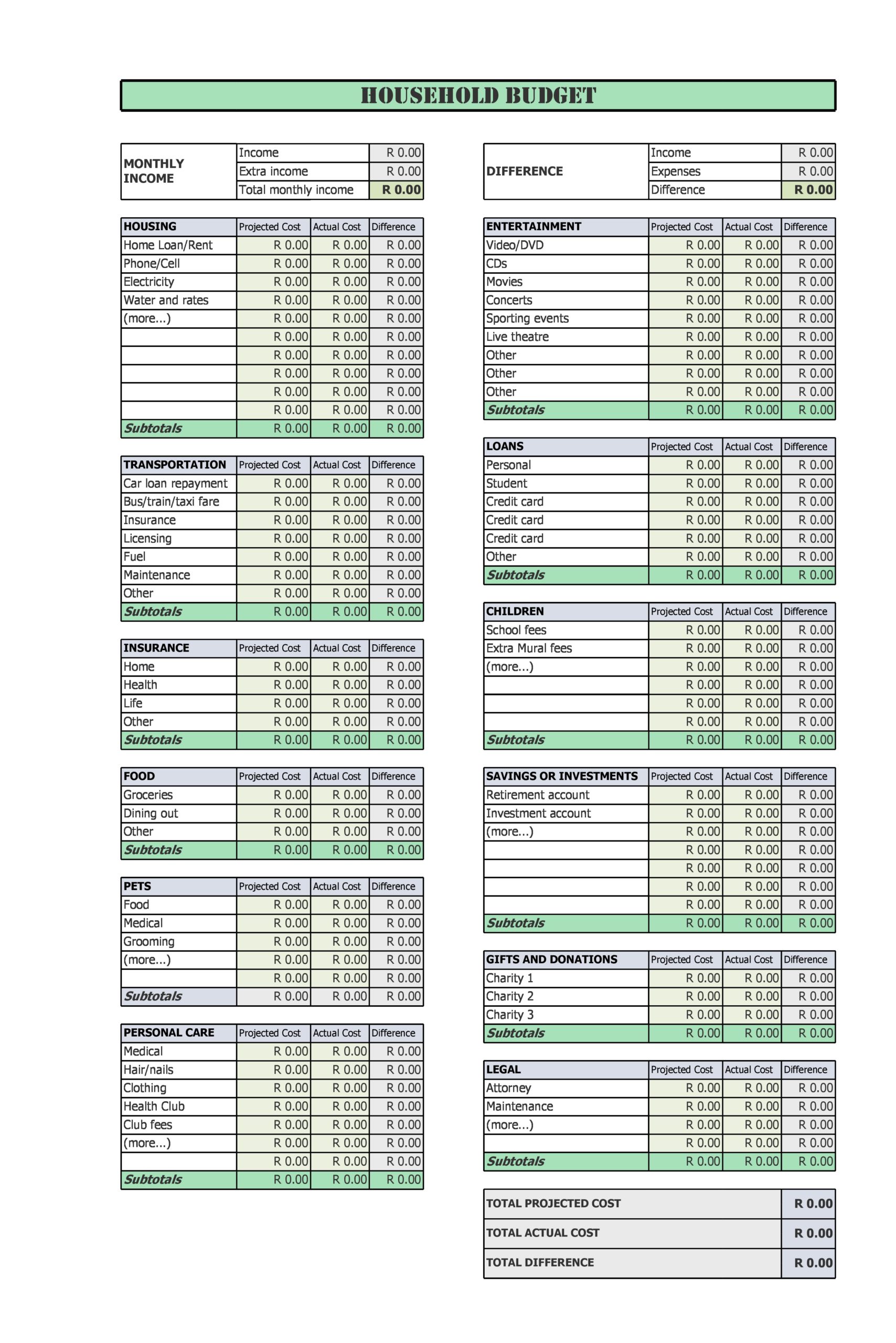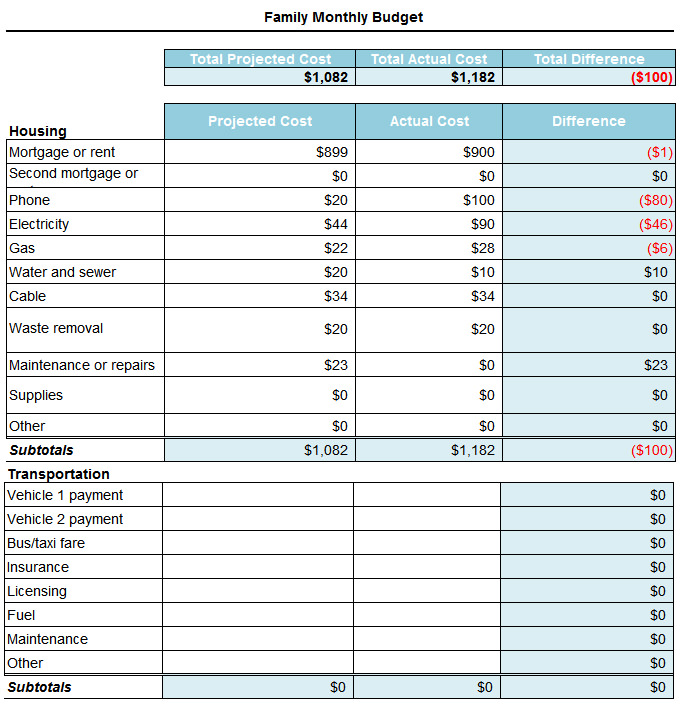

Let’s say you’re saving up for a family vacation. Ways to do that are coming in hot with this next tip. Talk through how everyone can be involved in making these goals come true. These goals can connect to paying off debt or saving money (as in saving up for emergencies, a big purchase, or a fun family experience). Work together to figure out what that one thing should be.Īnd when you put it all in the budget, be sure to include a family fun budget line (if you’ve got money to cover it). One thing per kid per season is plenty for their time and your budget. When it comes to extracurriculars, clubs, sports, lessons and the like-talk to your kids about how these all cost money. You probably don’t have enough money in the budget for your kids to be involved in everything they’re interested in. Communicate with your kids to prioritize spending that connects to them. This means you’re budgeting for those Four Walls (which we mentioned earlier) before family memberships to the local wax museum. Discuss the difference in wants and needs.įor any family budget to succeed, you need to explain to children (and maybe remind yourself?) the difference between wants and needs-and how important it is to meet needs first. It might be a bit uncomfortable at first, but you’ll get the hang of it! 3. Keep these lines of communication open and make talking about money feel normal.
#Family household budget how to
Right now.Īfter that, you can talk about where you’re going and how to get there-as a team. But do have an honest family conversation about how things are with finances in your household. Maybe you don’t want to spell out how much money you make or the exact amount of every bill. You can figure out just how much you want to share with your kids based on their age and your comfort level. An EveryDollar budget is a time and communication saver. Oh, and making new monthly budgets takes just a couple minutes.

This creates accountability-which is key in a successful family budget. That means both spouses can log in to the same budget on their separate phones, checking in to see how much is left in a particular budget line or tracking their spending on the go. With EveryDollar, you can budget on your desktop or in the app.

May we suggest our favorite budgeting tool, EveryDollar? It meets all those requirements. Convenient to track spending throughout the month.Whatever method you pick needs to meet a few requirements. pick a way to log your income, expenses and spending. Whether it’s a spreadsheet, pencil and paper, or an app. Tips for Creating a Family Budget That Works (for Everyone) 1. (Yes, we went there.) Because hey-you can’t spend more than you make. Hint: Start with those restaurant and entertainment lines. What if you end up with a negative number? You might be thinking, Yikes! But it’s really okay! You just need to cut expenses until your income minus your expenses equals zero. Put anything “extra” toward your current money goal, like saving or paying off debt. If you have money left over after you’ve subtracted all your expenses, be sure to put it in the budget too! Otherwise, you’ll end up mindlessly spending it on coffees and those one-click deals of the day. That doesn’t mean your bank account is at zero: It means every bit of your income has a job. When you subtract your income from your expenses, it should equal zero. Budget Step 3: Subtract your income from your expenses.

Then use your online bank account or those bank statements to estimate planned amounts for everything else based on your spending in the past months. We’re talking about insurance, debt, savings, entertainment and any personal spending. Just make a really good estimate, and you’ll learn what you actually need here in the month ahead. Others change up, like groceries.Īnd hey, that grocery budget line is pretty hard to guess at first. Some of these are called fixed expenses, meaning they stay the same every month (like your mortgage or rent). Start by covering your Four Walls-aka food, utilities, shelter and transportation. It’s time to list your expenses! (Pro tip: Open up your online bank account or look at your bank statement to help you estimate your expenses.) Now that you’ve planned for the money coming in, you can plan for the money going out. (You can adjust later in the month if you make more.) Budget Step 2: List your expenses. If you’ve got an irregular income, put the lowest estimate of what you normally make in this spot. Write down each normal paycheck for you and your spouse-and don’t forget any extra money coming your way through a side hustle, garage sale, freelance work, or anything like that.


 0 kommentar(er)
0 kommentar(er)
